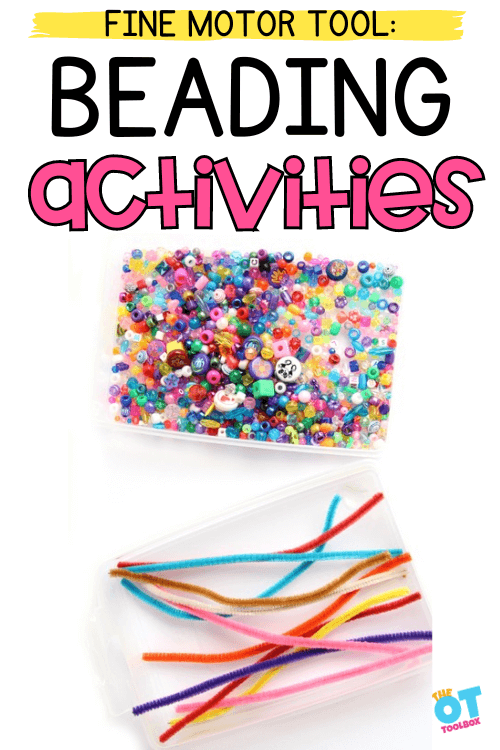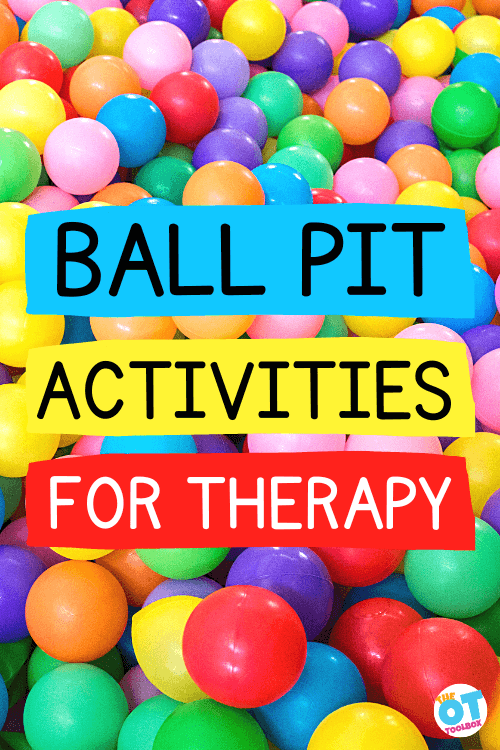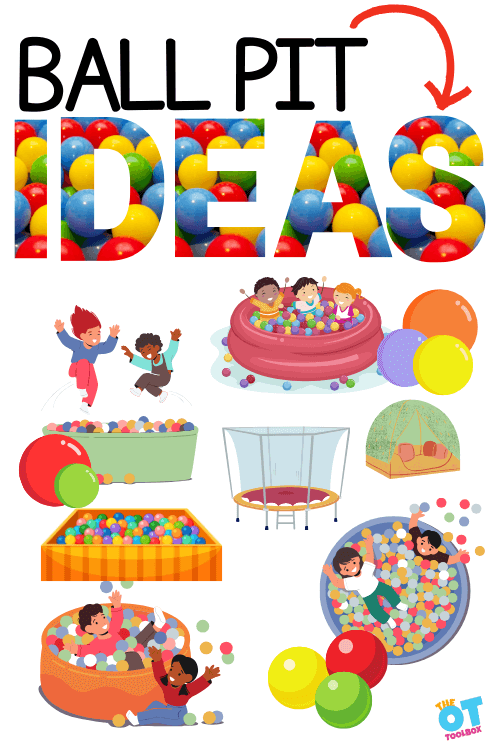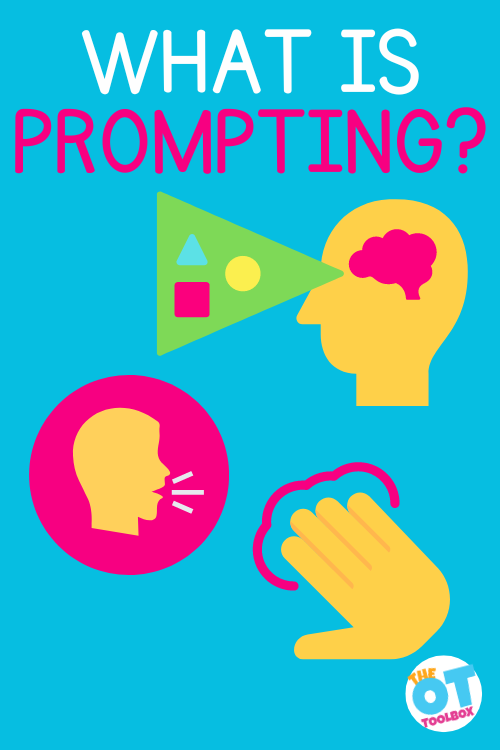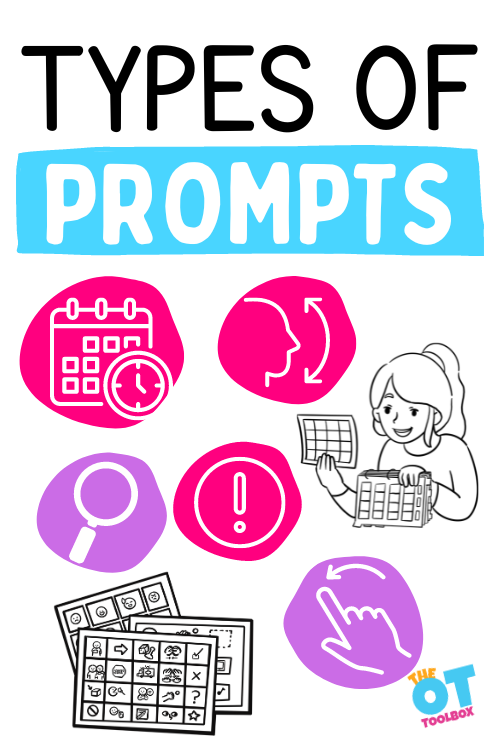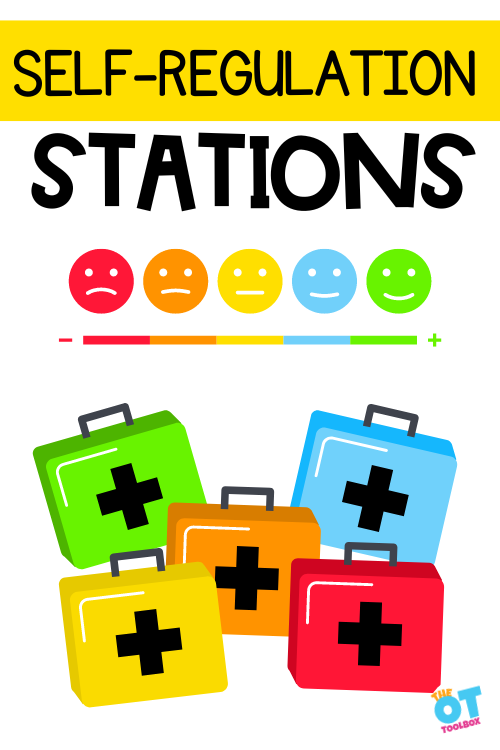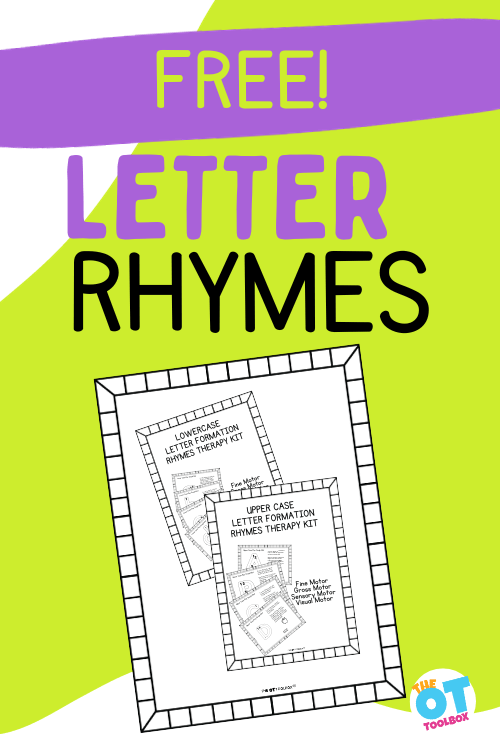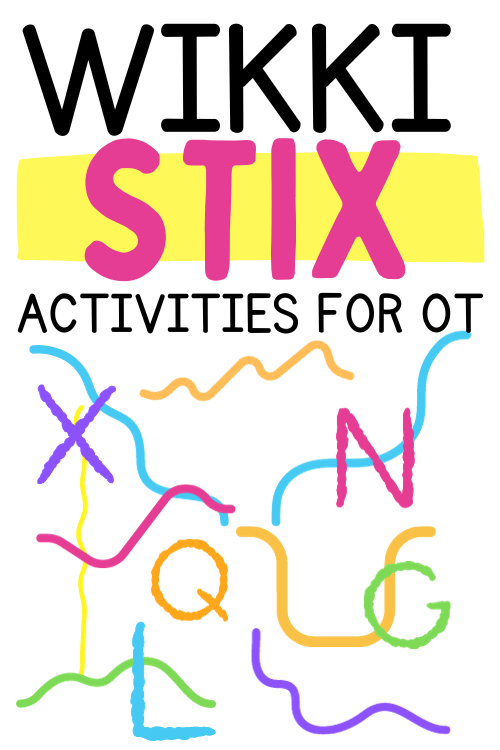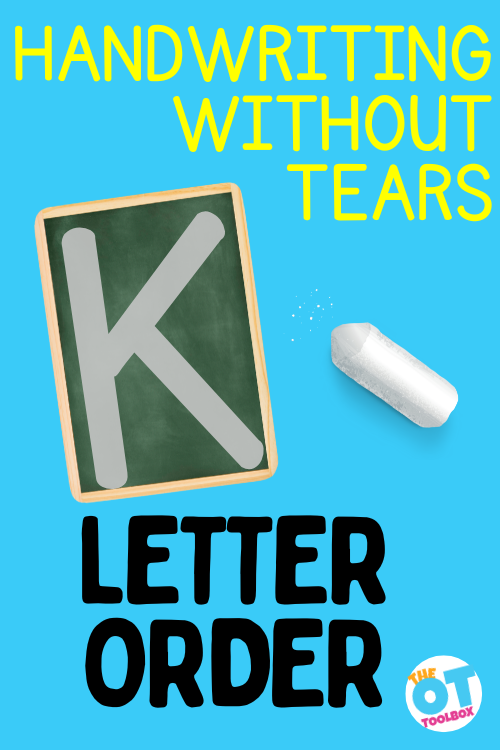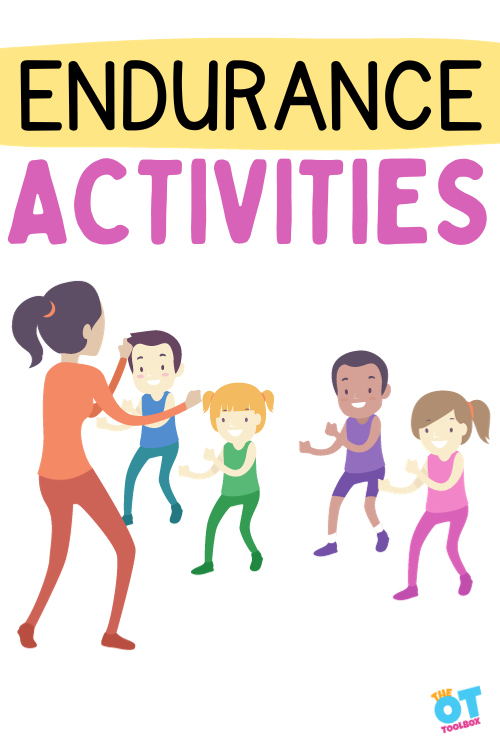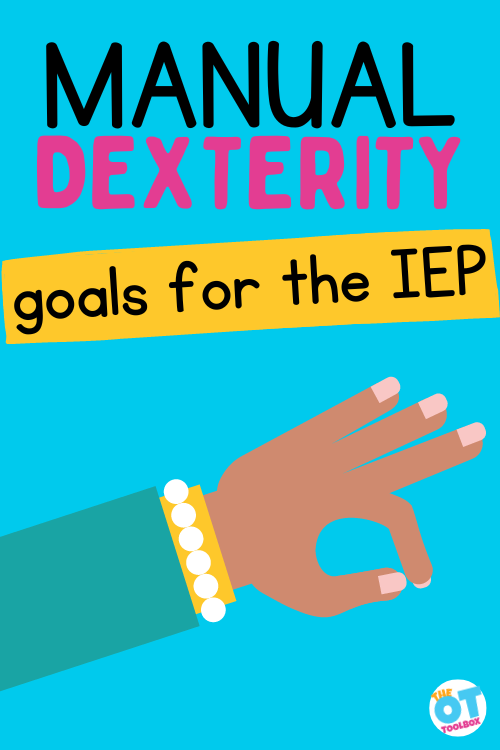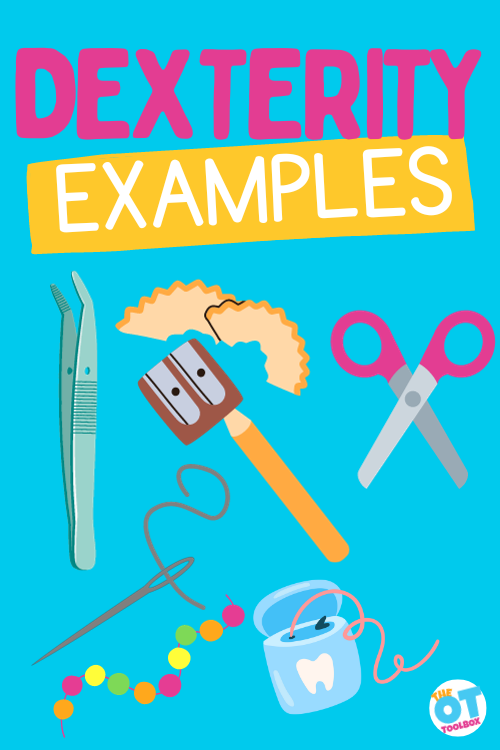What is stereognosis anyway? This strange word sounds like a type of dinosaur or a new type of stereo. Stereognosis, or the ability to “see” with your hands, is an important skill you do not think much about, until you do not have it (astereognosis). Read on to find out more about stereognosis, what kind of patients are missing it, how to improve it, and its’ implication on functional performance.
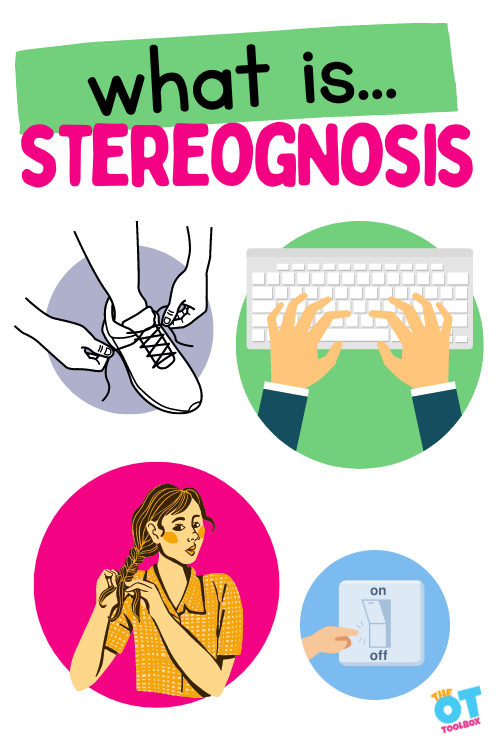
What is stereognosis? A clinical definition
Stereognosis is the ability to identify and recognize the shape and form of a objects, by the sense of touch and without other sensory input. It’s a perceptual skill that allows us to identify common objects through tactile perception without the aid of vision.
This ability is an integration of tactile sensory input, pressure, position, motion, texture, weight, and temperature.
This skill is essential to daily tasks.
Essentially, this ability is recognizing and knowing what an object is by touching it without seeing it. It is also known as haptic perception. Normally, your brain stores information about items you see and use and you draw on this stored memory to recognize items with other senses, such as touch.
It’s interesting to look at the etymology of the word stereognosis because this helps understand the definition.
The word “stereognosis” comes from the Greek word for for “stereo,” meaning solid, and “gnosis,” meaning knowledge.
There is a difference between manual stereognosis, using the hands to identify and object, and oral stereognosis, using the mouth to do the same.
“Manual stereognosis requires intact peripheral sensory pathways, namely the dorsal column-medial lemniscus tract (DCMLT), to receive discriminative touch and proprioceptive information. Receival of this information is necessary but not sufficient for stereognosis because it also requires functioning processing centers in the cortex of the parietal lobe.
Stereognosis plays a role in everything we do on a daily basis. You can see the clinic importance in therapy interventions that support daily functional independence.
Examples of Stereognosis
It might be easier to explain this concept by sharing examples of how we use stereognosis every day.
- We know that we haven’t lost our keys because we reach our hand in our pocket and feel them.
- A student, while participating in a class lecture, reaches their hand into their backpack to grab a highlighter, feeling around the pocket to pull out the writing utensil
- When driving, we reach for and press the correct lever to turn on the turn signal, radio buttons, or lights
- The ability to reach into a dark room and find and turn on the light switch
- Typing while looking at the computer screen
- Knitting while watching television
- Using a fork while talking to others at the dinner table
- Identifying coins by touch
Stereognosis is more than being able to rummage around your bag to find some gum. Everyday activities are a part of daily dressing tasks that use the sterognostic sense and tactile recognition:
- Finding the armhole in your sweater
- Locating the flashlight when the lights have gone out
- Zipping the bottom of your jacket
- Donning a bra, necklace, or styling the back of your hair
- Buttoning your collar behind your neck
- Touch typing
- Braiding your hair
- Tying your shoes without looking at your hands
- Tying a necktie
- Buttoning a shirt without looking at your fingers
- Texting or doing anything else with your hands while walking in line (stereognosis of the feet/body)
You probably do tasks all day long by touch rather than looking at your hands and the objects you’re manipulating.
The skill of stereognosis plays a huge role in processing speed, motor planning, and fine motor skills.
To accomplish tasks quickly and efficiently, we can’t look at our hands all day and process what the object is, how to pick it up, and how to use the item. This is processing speed in action. Think about it this way: we could not function if we had to visually concentrate on the task of using objects all of the time.
Part of this is having a visual picture in the mind’s eye of the object, the space, body awareness, and other concepts of spatial relationships. Also impacting this ability is proprioception.
Neurologically speaking, this is pretty complex! The ability to conceptualize an object by touch uses experience and awareness in addition to the tactile sensory functions of light touch and pressure awareness.
The neurological components at work include:
- Stereognosis and graphesthesia are tactile discrimination skills of the parietal lobes.
- Dorsal column-medial lemniscus tract (DCMLT), which serves as the primary pathway for perceiving the size and shape of objects. Additionally, comprehension of how this information undergoes processing in the parietal cortex is crucial for a comprehensive understanding.
- The first-order neurons of the DCMLT have cell bodies in dorsal root ganglia with peripheral processes extending out to sensory receptors (Pacinian corpuscles, Merkel cells, Golgi tendon organs, and muscle spindles) and central processes that enter the spinal cord in the large sensory fiber entry zone of the dorsal horn ascending ipsilaterally in the dorsal columns.” National Library of Medicine.
stereognostic sense
There’s a lot to the stereognostic sense than you might think…and that’s kind of how stereognosis works, right? It’s something you just don’t think about!
I have not thought about Merkel cells and Golgi tendon organs since neurology class. That shows how useful this information has been in my clinical life. Plus, I can not imagine explaining “what is stereognosis” to a parent using terms like dorsal root ganglia or lemniscus!
In short, we use terms that families can understand like touch and vision. Stereognosis is how you can reach into your purse and grab the Chapstick, or car keys without looking. You use your fingers to feel around and identify an object by its’ size, weight, texture, temperature, and other identifying parts (items sticking out, bumps).
Until you have lost this sense (or never had it) you can not imagine how frustrating it can be for both patients and their caregivers. I can not tell you how many times I have asked my husband to just reach in and feel around for a wire, or plug something under the bed. He has very little ability to “feel” for things. I attribute this to the arthritis and thickening of the skin on his hands/fingers.
A person can live without stereognosis, or the ability to sense an object without seeing it, however, life is less convenient and functional without this critical sense.
Astereognosis
When you have lost the sense (or never had it) of stereognosis, this is referred to as astereognosis.
A deficit in stereognosis means the individual must look at their hands as they do a task. When they visually monitor how their hands are moving in a task, the speed becomes very slow and purposeful.
This description from the National Library of Medicine is a good way to explain this concept: “Astereognosis refers to the inability to perceive the form and identity of an object when physically manipulating it through active touch. By definition, astereognosis necessitates functioning peripheral sensory modalities (pain, temperature, fine touch, and vibration sense) and results from pathology within the central cortical integration of this sensory information. Astereognosis falls under a family of conditions called agnosias, which are classified based on the sensory modality involved (auditory, visual, or tactile). In this terminology, one should also be aware that the term tactile object agnosia is used interchangeably and is practically synonymous with astereognosis.”
Astereognosis indicates that a patient is suffering from a lesion of the primary somatosensory cortex or somatosensory association area of the parietal lobe; this is commonly described as a cortical sensory loss.
In addition to damage to the parietal lobe, astereognosis can be found with damage to the following:
- Nerves
- Spinal cord
- Brain stem
- Thalamus
Many conditions precipitate astereognosis, including but not limited to
- Cortical dementias
- Cerebrovascular accident (CVA, or stroke)
- Meningioma
- Blood clots that affect the parietal lobe or brainstem
- Cancer
- Brainstem tumors
- Multiple sclerosis, where your immune system attacks your nerves and causes problems with messages sent between your brain and body
- Cerebral palsy, where your brain cannot send messages to your muscles
- Head injuries, like a depressed skull fracture that causes a sunken skull
- Alzheimer’s disease
- Dementia
Astereognosis is also referred to as tactile agnosia.
Types of stereognosis
There are two types of stereognosis, primary and secondary
- Primary –The primary type of astereognosis is when you cannot recognize the physical features of an object, such as its shape, texture, or size.
- Secondary astereognosis. In this type, your sense of touch might function well, so you can feel how big an object is or whether it is rough or smooth. But you cannot recognize what the object is. You can feel the dimensions and texture of the shape, but you cannot match the information stored in your brain to the object.
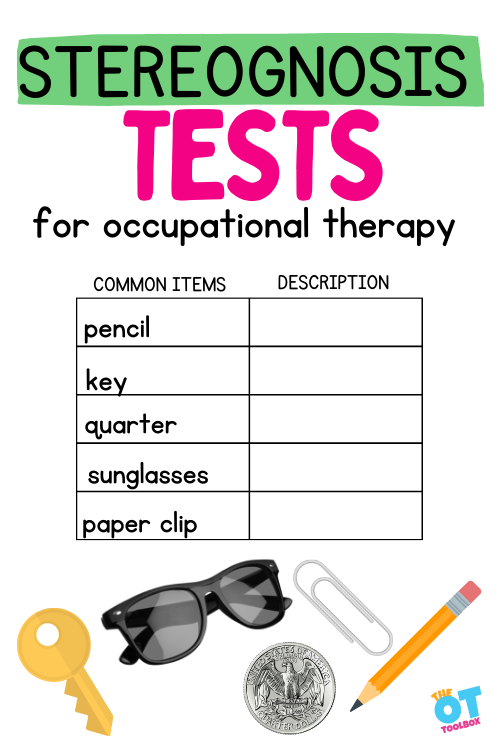
How to test for stereognosis
Therapists or physicians may perform a couple of tests to determine astereognosis, or tactile agnosia. The purpose of these tests is to evaluate a patient’s ability to identify common objects based on tactile properties.
Tactile Object Recognition Test (TOR) is one of them. The examiner puts an object in your hand and asks you to identify the object with your eyes closed. They rate the level of impairment.
In the Nottingham Sensory Assessment, the examiner presses objects against some parts of your body to see if you can feel light touch, pressure, or pin pricks. They can also test for temperature recognition. They can also move parts of your body around to see if you sense movement (proprioception).
The third test would be a computed tomography (CT) scan or magnetic resonance imaging (MRI)to diagnose underlying conditions.
You can see deficits in stereognosis in functional tasks, which can be part of clinical reasoning. One way to test for this would be to block a patient’s vision by using a file folder or curtain. Then place common objects such a a pencil, sunglasses, a key, nail, quarter, etc. into the palm of the hand. The patient is encouraged to manipulate the object as they name the item in their hand. If they can not name the item, they should describe the object’s properties.
How to improve stereognosis
The first line of defense in treating this condition is to treat the underlying condition. Some conditions are not curable as we know, but with the right therapy they can be improved. Knowing what the conditions are, and the symptoms is a great starting place.
We are learning more and more about the brain’s fascinating capability to build new motor pathways after an injury. Targeted practice is just one way to improve function.
The great thing about any of the games below, is that similar games can be made from these ideas instead of purchasing them:
- Mystery bag – fill a bag with different items. Ask students to put their hand in the bag and identify the item by touch alone. You can grade this activity by having a list of items that are in the bag or photos. We have an example of this mystery stocking game using a Christmas stocking to hold the items.
- What’s in Ned’s Head (Amazon affiliate link) – this is a great stereognosis game! Students reach into Ned’s head to find the item pictured on their card. No peeking!
- Touchy Feely game – Touchy Feely is a pop-up container that houses 26 different items with lots of different sensory attributes. There are figures like the Eiffel tower, fake animals like a mouse, crab and rubber duck, and all sorts of toys that could be bumpy, smooth, or prickly. Each item has a corresponding picture card.
- Ruffs House Tactile doghouse game – kids reach in to match different textured dog bones
- Tac Tiles– (Amazon affiliate link) This guess and feel game includes a bag and different tiles with textures to match. You can use this activity in many different ways.
- Tickit Touch and Match Board – a classic tool for matching textures
- Wooden Touch Recognition game– This is much like a DIY version of a “what’s in the bag” game, but the wooden pieces are shapes, which makes a great tactile discrimination activity. You then match the shapes to the pictures on the cards to target visual perceptual skills.
- You can rotate themes like holidays, animals, shapes, or household items
- Alphabet Mystery Box (Amazon affiliate link)- Players reach inside and discover fun miniatures of 26 letters of alphabet.
For more information, check out this OT Toolbox article on the sensory aspect of touch or learn more about developing touch from the tactile archives.
The human body is incredible! It still amazes me that we are able to type without looking at the keyboard, play the piano, text, French braid our own hair, and thousands of other amazing things just by using our sense of touch.

Victoria Wood, OTR/L is a contributor to The OT Toolbox and has been providing Occupational Therapy treatment in pediatrics for more than 25 years. She has practiced in hospital settings (inpatient, outpatient, NICU, PICU), school systems, and outpatient clinics in several states. She has treated hundreds of children with various sensory processing dysfunction in the areas of behavior, gross/fine motor skills, social skills and self-care. Ms. Wood has also been a featured speaker at seminars, webinars, and school staff development training. She is the author of Seeing your Home and Community with Sensory Eyes.

